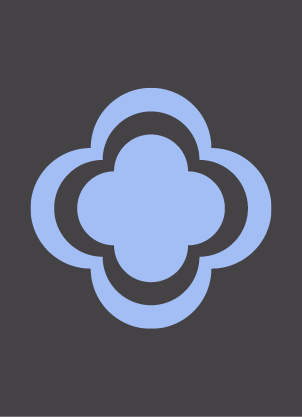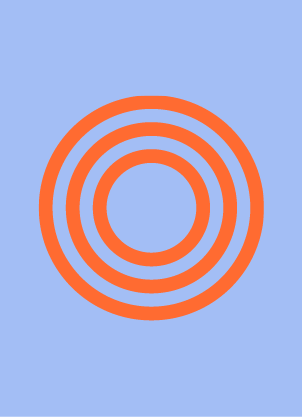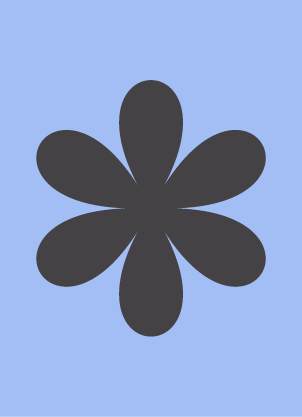Try our study magic for free
Summary: Hubs191
- This + 400k other summaries
- A unique study and practice tool
- Never study anything twice again
- Get the grades you hope for
- 100% sure, 100% understanding
Remember faster, study better. Scientifically proven.
a PDF, study it super fast
- No sign up, email or credit card needed!
- AI makes unlimited flashcards
- Get unlimited quizzes and tests
- Ask AI anything
Create a notebook
- No sign up, email or credit card needed!
- Have and keep perfect overview
- Make flashcards, notes and mind maps
- Review, test and score!
Read the summary and the most important questions on HUBS191
-
1 HUBS191
-
1.1 Lecture One : Introduction to HUBS
-
What is the organization of the Human Body from smallest to largest ?
- Atoms and molecules
Organelle - Cell
- Tissue
- Organ
- Organ System
- Organism
- Atoms and molecules
-
What is the Human Tissue Act (2008) ?
Allows people to donate their bodies to science. There are 5 main points :Voluntary donated .- Requires a
dual signed consent from both the donor and an immediate family member. - Most bodies are held for
18months . However, body parts can be kept for longerperiods for teaching and research. - Must avoid unnecessary
mutilation - show respect to the body. - Bodies come from
bequests ; not condemned by criminals andunclaimed bodies.
-
What is the structure and function of an Epithelial tissue ?
FUNCTIONS :- Provides physical protection.
- Control
permeability . - Provide sensation.
- Produce specialized sections.
linings ofdigestive tract and respiratory tract. -
What is the structure and function of a Connective Tissue ?
FUNCTIONS :- Establish a structural framework for the body.
- Transport fluids and dissolved materials.
- Protect delicate organs.
- Support, surround and
interconnect other types of tissues. - Store energy.
- Defend the body from invading
microorganisms .
lymph , bones,tendons andligaments . -
What is the structure and function of a Skeletal muscle ?
- It is voluntary control , striated and has many nuclei's.
- Its function is for movement of bones.
- Examples are skeletal muscles attached to the bone limbs.
- It is voluntary control , striated and has many nuclei's.
-
What is the structure and function of a Cardiac muscle ?
- It is involuntary control,
striated and has only 1-2nuclei's . - Its function is to initiate the heart beating so that it can pump blood throughout the human body.
- Example is the heart.
- It is involuntary control,
-
What is the structure and function of a Smooth Muscle ?
- It is involuntary control, not striated and has only 1 nuclei.
- Its function is for movement of materials within the Human Body.
- Examples are Blood vessels and digestive tract.
- It is involuntary control, not striated and has only 1 nuclei.
-
What is the structure and function of the Nervous tissue ?
FUNCTIONS :- Maintain physical structure of the nervous tissue.
- Repair nervous tissue
framework after injury. - Perform
phagocytosis . - Provides nutrients to
neurons . - Regulate composition of
interstitial fluid surroundingneurons .
-
1.2 Lecture Three : Bone I - Structure of the skeleton
This is a preview. There are 9 more flashcards available for chapter 1.2
Show more cards here -
Explain what is meant by the 'Anatomical Position' of the Human Body and Why it is important ?
It means that the body must be ….- Upright
- Face facing forward
- Feet together
- Palms facing forwards
- Remains the same regardless of movement
Why is it important ?- It is important in anatomy because it is the position of reference for anatomical nomenclature.
-
What are the three body planes of the body and the movements that occurs at these planes ?
1. Sagittal plane :- Divides the body into left and right.
- Movements are Back and forward (Flexion and Extension).
2. Coronal plane :- Divides the body into front and back sections.
- Movements are side to side (Adduction and Abduction).
3. Transverse plane :- Divides the body into top and bottom sections.
- Movements are rotating movements (rotation and circumduction).
Read the full summary
This summary +380.000 other summaries A unique study tool A rehearsal system for this summary Studycoaching with videos
- Higher grades + faster learning
- Never study anything twice
- 100% sure, 100% understanding
Topics related to Summary: Hubs191
-
Lecture Three : Bone I - Structure of the skeleton
-
Lecture Four : Bone II - Bone tissue and its microscopic structure
-
Lecture Five : Joints I - Bone growth joints (tissues and structures)
-
Lecture Six : Joints II - Joint Classifications
-
Lecture Eight : Muscle I - Skeletal muscle structure and function
-
Lecture Nine : Muscle II - Skeletal muscle function
-
Lecture Ten : Muscle III - Form and Actions at Joints
-
Lecture Eleven : Muscle IV - Complex movements (Standing and Gait)
-
Nervous system - Lecture Sixteen : Neuroanatomy I - Cells and organisation of the nervous system
-
Nervous system - Lecture Seventeen : Neuroanatomy II - Functional information flow
-
Nervous system - Lecture Eighteen : Neurophysiology I - The action potential
-
Nervous system - Lecture Twenty : Neuroanatomy III - Anatomy and function of the spinal cord and spinal nerves
-
Nervous system - Lecture Twenty One : Neuroanatomy IV - Meninges and ventricular system
-
Nervous system - Lecture Twenty Two : Neuroanatomy V - Structure and layout of the brain area; sensory and motor pathways
-
Nervous system - Lecture Twenty Three : Neurophysiology III - Motor control
-
Endocrine System - Lecture Twenty Five : Homeostasis and Hormones
-
Endocrine System - Lecture Twenty Six : Pancreas, Hypothalamus, Pituitary and Growth Hormones
-
Endocrine System - Lecture Twenty Seven : Thyroid, Parathyroid and Adrenal Glands
-
Endocrine System - Lecture Twenty Eight : Cortisol and stress
-
Immunology - Lecture Thirty : Introduction to immunology and the immune system
-
Immunology - Lecture Thirty One : Innate immunology I
-
Immunology - Lecture Thirty Two : Innate immunology II
-
Immunology - Lecture Thirty Three : Innate immunology III
-
Immunology - Lecture Thirty Five : B Cells
-
Immunology - Lecture Thirty Seven : Immune responses to viruses
-
Immunology - Lecture Thirty Eight : Immune response to viral infections































